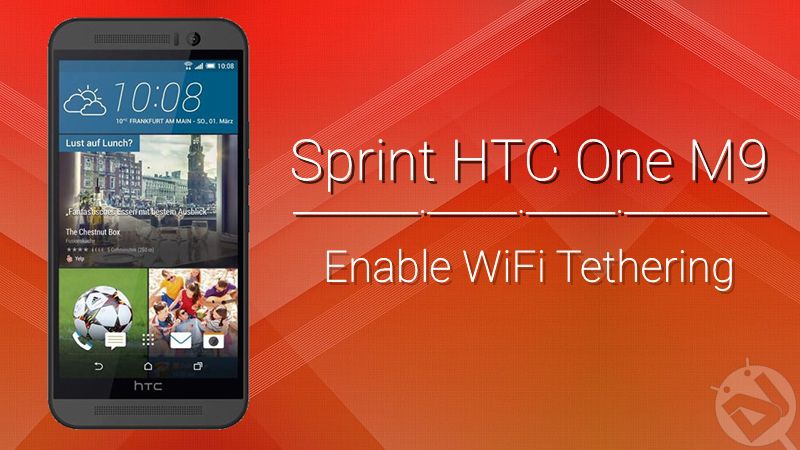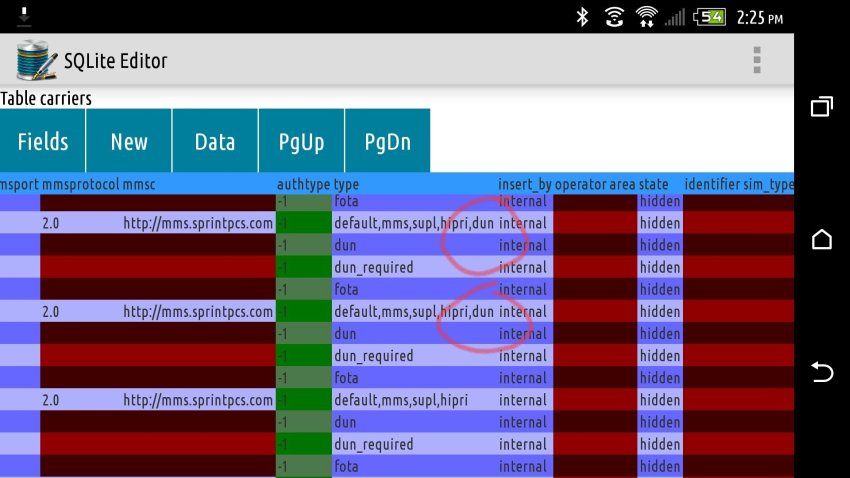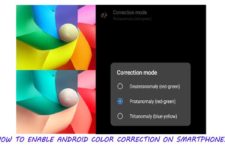
Internet surfing has become one of our dominant addictions and we can hardly live without a data connection. May it be on a PC which you use for work or on a smartphone which you use to connect with your buddies, the Internet is the epicenter. I personally use a broadband connection at home and a data pack on my smartphone to connect on-the-go. While traveling, I have to use my smartphone to create a WiFi hotspot and connect my laptop to it. The WiFi hotspot is a simple feature that will save us a few bucks by sharing data between devices.
Unfortunately, the WiFi hotspot or tethering, a feature that is found on almost all Android devices is a victim of corporate greed. Many network carriers like Verizon, T-Mobile, AT&T, and Sprint lock the WiFi tethering feature on their devices to sell their overpriced tethering plans. You can enjoy this feature only if you’re willing to pay for it. This is absurd as you’re already paying for your data plan and now you’ve to pay for tethering as well.
I firmly believe that ‘Data is Data, no matter how you use it as long as you pay for it.’ At DroidViews, we have covered many tutorials on how to enable WiFi hotspot on carrier locked devices to help the users from this tyranny. Today we’ll see how to enable native tethering on Sprint HTC One M9, thanks to thicklizard of XDA for sharing this beautiful mod. As you may expect, you’ll need root access for this tutorial as you need to use SQLite editor app to edit database files. If you haven’t rooted your device yet, follow the below link:
Make sure you have a nandroid backup before proceeding with the guide so that you can restore it if you brick the device. Without any further ado, let us see how to enable native tethering on Sprint HTC One M9.
Warning!
Warranty may be void for your device if you follow the procedure in this guide as it involves software tampering. Proceed with caution and follow the procedure carefully. We shall not be liable for any damage that occurs to your device in case of any misfortune.
Enable Tethering on Sprint HTC One M9
- Install the SQLite Editor app from the Play Store link given below:
[googleplay url=”https://play.google.com/store/apps/details?id=dk.andsen.asqlitemanager”] - Open the app and grant root permissions when prompted. Now tap on Open Database.
- In the app, navigate to /data/data/com.android.providers.telephony/databases and select the Cdmaapn.db file.
- We have to make certain changes to this database file, so select carriers.
- Edit the entry LTE-SPCS INTERNET and under the type column of this entry, add the below at the very end.
,dun
- Also edit the entry eHRPD-SPCS INTERNET and under the type column, add the below at the very end.
,dun
- For reference, look at the screenshot below:

- Download the 55tether file from here and transfer it to your device.
- Download any root file explorer app of your choice and open it.
- Grant root permissions to the app if prompted and continue.
- Copy the 55tether file from Step 8 and paste it into the system » etc » init.d directory on your device.
- Set the permission of the 55tether file same as the other files in the folder.
- Reboot your device for the changes to take effect.
Once the device is rebooted, you should be able to enjoy the native tethering feature on your Sprint HTC One M9. Let us know of any issues in the comments section below.
Read Next: Remove Red Text from Sprint HTC One M9’s Bootsplash Screen


Can this procedure work for HTCM7
Do this work with HTC M9 with android 6?
I no longer have acess to the internet please help i followed all instructions and triple checked. Need help ASAP. Thank you for your help.
on step 5 and 6 there multiple
LTE-SPCS INTERNET and
eHRPD-SPCS INTERNET do i have to change them all
that was my question also… and when i try to open the 55tether in ES File Explorer, it can’t even read it… can someone make a youtube video??? it would be easier. Thanks in advance
only the one that have ‘1’ in ‘current’ column
im not sure what im doing wrong but its not working
What error do you get?
do you have to make the file init.d